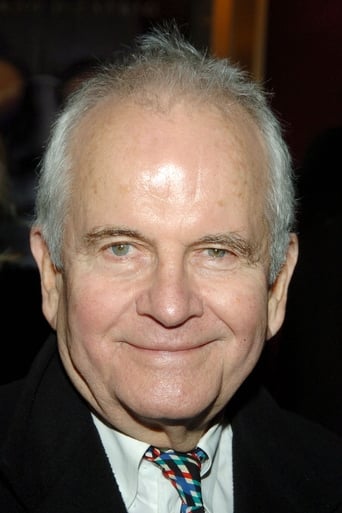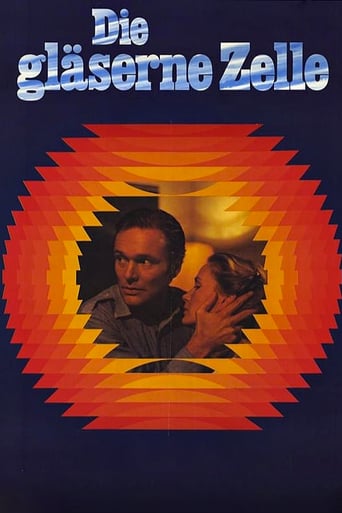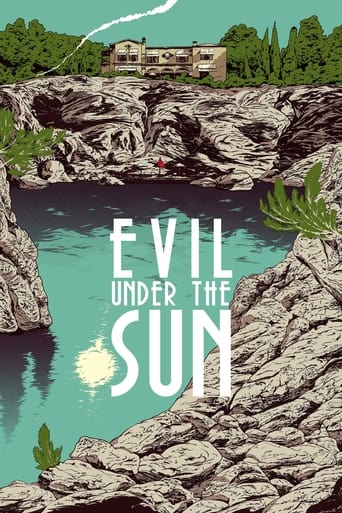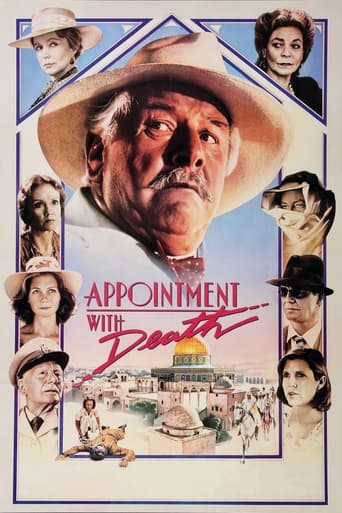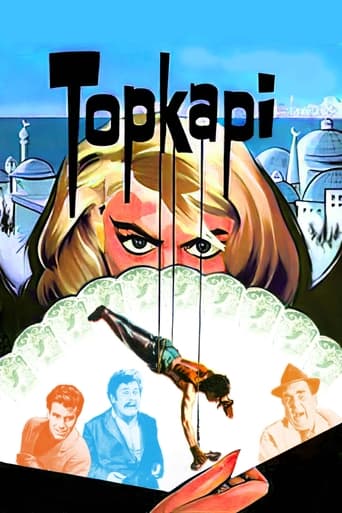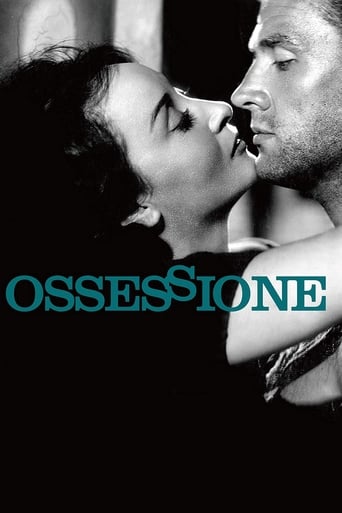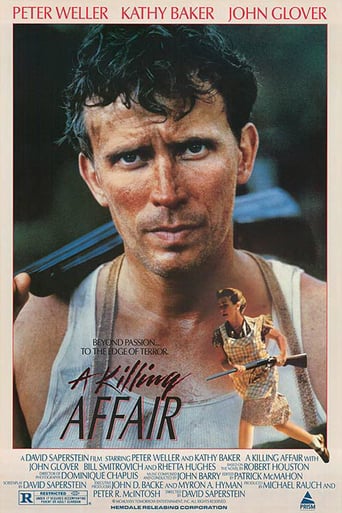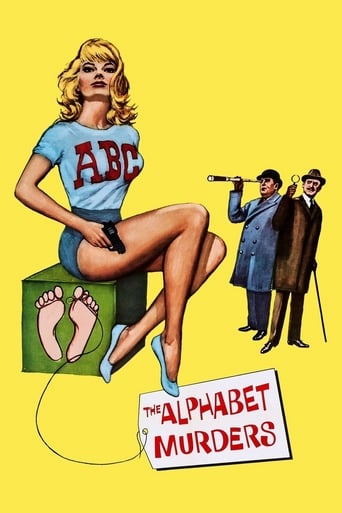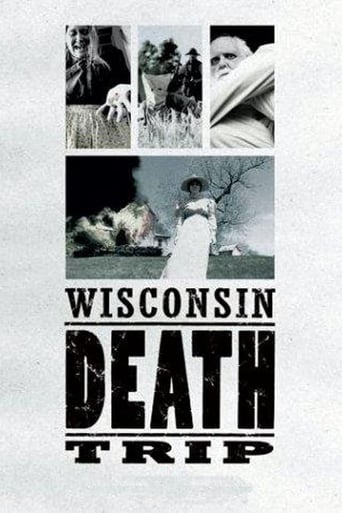

Wisconsin Death Trip (1999)
Inspired by the book of the same name, film-maker James Marsh relays a tale of tragedy, murder and mayhem that erupted behind the respectable facade Black River Falls, Wisconsin in the 19th century.
Watch Trailer
Cast


Similar titles
Reviews
"Wisconsin Death Trip" Is a compilation of newspaper accounts from the Black River Falls area in the 1890s. The film delivers the facts along with glorious black and white photographs. Apparrently at the time, life had little value, and depression ran rampant. A nice assortment of calamities are covered including, irrational behavior (window smashing), suicides, dementia, a Diptheria epidemic, superstitions, murder, witchcraft, spirits, and lots of other depressing matters. Many perpetrators of these calamitous acts are dealt with by simply locking them away in the local insane asylum. The movie is loosely structured around crimes committed during the the four seasons. Though somewhat redundant, "Wisconsin death Trip" is also frequently fascinating. - MERK
Not in the traditional documentary format, Wisconsin Death Trip is disturbingly beautiful. The first thing that is noticeable about the film is its intensely visual direction in an extremely eye pleasing black and white art house style backed up with Ian Holm's competent narration (another narrator is used in confusing whisper to tell of those sectioned at the mental asylum, something of which doesn't really make any sense of have any meaning to it but is a nice difference in direction). As a documentary, the film just documents facts. Focusing on strange stories from a small Wisconsin town (Black River City) in the 1890's when (unexplainably) the people started to randomly commit crime after crime in horrific fashion through anarchy, murder, arson, paedophilia and other deranged acts (including a humorous tale of a cocaine addict who persistently smashed local windows for now reason.) Wisconsin Death Trip has these moments of humour, but by no way stretch of the imagination is it a pleasing narrative. Harrowing accounts of acts of violence from the local journalist about the occupiers of the small city and its surroundings are reinacted for the screen in a dry, depressing surrealism. In narrating article after article of random stories of suicide, murder etc the Direction shows actors play out these events in a wonderfully designed time of old in America taking us throughout the seasons of the year in subtly effective montages of newspaper being printed. Contrasted to this is a modern perception of the same town, displaying school children in a playground happily getting on with life. The elderly living contently at a home and other accounts and recollections of stories they had heard from rumour about the history of Black River City and Wisconsin. However, the film never tries to even start to understand what happened in that area for everyone to commit these heinous crimes in the 1890's, nor does it seem to hold this as a relevant part tot the story, it merely documents the events that took place with linear narration and hand in hand visual aids that were very cinematic. It differs greatly to traditional documentaries in this sense by not following any one particular story, but deciding to document what had already happened and disturbingly, this film was made for television, something of which is interesting to contemplate how it was marketed. The film may be looked upon as having no real meaning and would bore audiences who seek an answer, but they would be a hard audience not to be drawn into the film by its wonderful cinematography and appealing narrative.
Beautiful shot, emotionally distant and utterly incoherent. What interested me in the film to begin with, the story of this small town and all of the bizarre misfortune it faced, turned out to not be true at all. But the film never freely admits this. The film moves between the B&W past and a living-color present. The present documents the town of Black River Falls exclusively, a small town in northern Wisconsin. So, when we flash back to the past, we are led to believe that all of the morbid events: murder, madness and mayhem, that we're hearing about occurred in or around Black River Falls. Perhaps some of it did occur in the immediate region, but more precisely, we're getting accounts of the morbid events from the Black River Falls NEWSPAPER. So we're talking about events all over the state, not in one small town! A girl drowned herself in the lake in Kenosha? Kenosha is near the Illinois border. Not to mention that other towns in the film: Appleton, Rhinelander, Eau Claire, LaCrosse, Beaver Dam, and Madison represent points at every corner of the state. Most people wouldn't realize this, but when you do, you know the rest of the film is based on a flimsy misrepresentation and it completely loses its coherence and what makes its initial premise compelling. If the timeframe were 10 years later, they might well have represented McKinley's assassination as taking place in Black River Falls, since the paper surely had a story about it. I didn't hate the film, it has some great imagery and some of the stories are interesting enough, but I felt cheated more than anything, because in the end, there's no real through-line and as such, not only no resolution but nothing to resolve.
Although this is a documentary (taken from a book of the same title that was quite popular in the '70s), it doesn't feel like one. It doesn't feel like a movie either, so I don't know what you'd call it. But one thing I can say is that it is morbidly fascinating. It is narrated by Ian Holmes, the only recognizable name associated with the film, reading news excerpts from a small, northern Wisconsin town's newspaper from the late 1800s. The occurrences are sometimes funny, often tragic, and unsettlingly bizarre. You have to remember that there was a very small population in the area at that time (the area is still not heavily populated), so the number of odd goings-on is curious. These occurrences have even more impact because they are juxtaposed with the very wholesome image that Wisconsin has always possessed (it seems whenever a movie wants to present wholesomeness, they set it in Wisconsin) as well as the beautiful vocabulary and syntax used in written documentation at that time. The documentary is also British, which ads another element to it--somehow I think they find it even more fascinating and that comes through in the presentation. So, Ian Holmes reads the articles and we are shown photos from the period (sometimes they are the real people being discussed, but not always) and re-enactments of the crimes (they are mostly crimes), mishaps, or misfortunes. Infrequently, current-day footage is used, which I have read as a criticism, but which I think is misguided (see below). The strongest thing I came away with from this documentary is that human nature is consistent, no matter what the era. The crimes and occurrences committed in and around this small Wisconsin town in the late 1800s are the same crimes that are being committed everywhere today. There are classic obsession crimes (i.e., a man asked a woman to marry him, she said no, he went to her house and shot her and then himself), classic sociopathic crimes, classic abuse cases, etc. I think the modern-day footage helps to bring this message home. But, there are also some REALLY kooky things too, which are a blast. Look for the teacher who likes to travel by train. . . .See this film if you think the world is going to pot; you'll realise its always been there.


